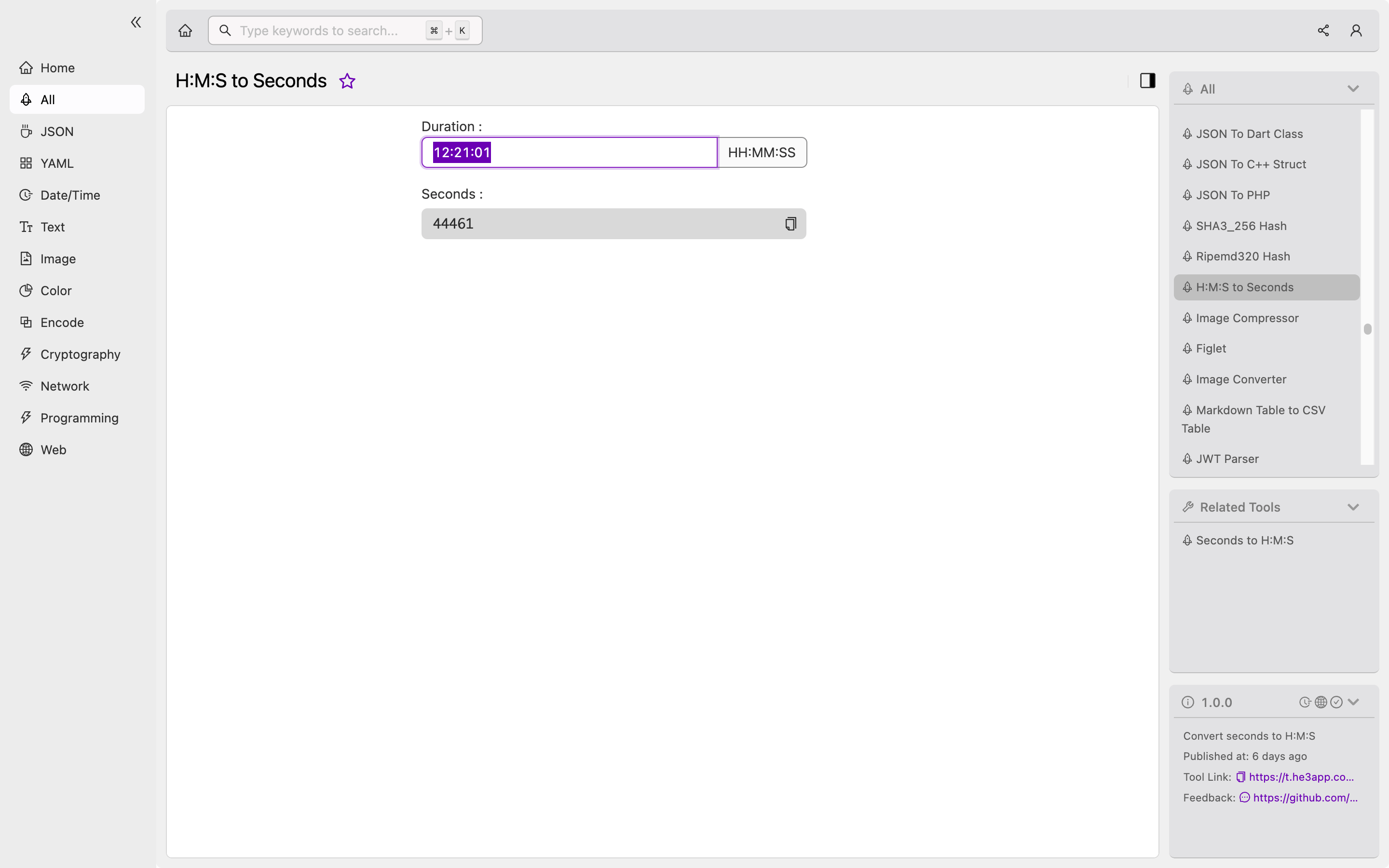Convert H:M:S to Seconds Easily: A Guide for Developers
Time is an essential aspect of coding and programming, and it is often represented in the format of H:M:S. However, sometimes, we need to work with time data in seconds. This is where the conversion of H:M:S to seconds becomes necessary. In this article, we will explain the concept and how H:M:S to seconds works, provide sample codes or commands, scenarios for developers, a key features table, misconceptions, FAQs, and reference links to help you convert H:M:S to seconds easily.
What is H:M:S to Seconds Conversion?
H:M:S to seconds conversion is a process of converting time data represented in hours, minutes, and seconds (H:M:S) format to seconds. It is a common requirement in coding and programming when working with time data. For example, when calculating time differences or durations between two events, we may need to convert time data to seconds to perform calculations.
How it Works
To convert H:M:S to seconds, we need to multiply the hours by 3600, the minutes by 60, and then add the seconds. The result of this calculation is the time in seconds. Here’s the formula:
Seconds = (Hours x 3600) + (Minutes x 60) + SecondsLet’s take an example. Suppose we want to convert the time data 2:30:45 to seconds. Applying the formula:
Seconds = (2 x 3600) + (30 x 60) + 45
Seconds = 9045Therefore, the time data of 2:30:45 converted to seconds is 9045 seconds.
Scenarios for Developers
H:M:S to seconds conversion is a common requirement in programming and coding. Here are some scenarios where developers may need to convert time data to seconds:
- Calculating time differences or durations.
- Sorting or comparing time data.
- Formatting time data for display purposes.
- Performing operations on time data, such as adding or subtracting time.
Sample Code or Commands
Here’s an example of Python code to convert H:M:S to seconds:
def convert_to_seconds(hms):
h, m, s = map(int, hms.split(':'))
return h*3600 + m*60 + s
# Example usage
time_data = '2:30:45'
seconds = convert_to_seconds(time_data)
print(seconds) # output: 9045Key Features Table
| Tool/Method | Features |
|---|---|
| He3 Toolbox H:M:S to Seconds tool | User-friendly interface, supports batch conversion, various output formats, auto-save function |
| Python | Built-in time conversion functions, open-source, extensible, runs on different platforms |
| Excel | Simple formula-based approach, easy to use, supports different time formats, multiple functions available |
| JavaScript | Built-in time conversion functions, easy to use, runs on different platforms, supports different time formats |
Misconceptions and FAQs
Misconception: H:M:S to seconds conversion can only be performed using programming languages.
Answer: While programming languages offer a convenient way to convert time data to seconds, it can also be done manually using a calculator or spreadsheet tools like Excel.
FAQ 1: Can H:M:S to seconds conversion be used to represent time data beyond 24 hours?
Answer: Yes, H:M:S to seconds conversion is a universal method of converting time data to seconds, and it can represent time data beyond 24 hours.
FAQ 2: Is there a limit to the number of time data that can be converted using He3 Toolbox’s H:M:S to Seconds tool?
Answer: No, the He3 Toolbox H:M:S to Seconds tool supports batch conversion, and there is no limit to the number of time data that can be converted.
Or you can use H:M:S to Seconds tool in He3 Toolbox (https://t.he3app.com?0f55 ) easily.

Conclusion
H:M:S to seconds conversion is an essential process for developers who work with time data. In this article, we’ve explained the concept and provided sample codes or commands, scenarios, key features table, misconceptions, FAQs, and reference links to help you convert H:M:S to seconds easily. Whether you’re working with Python, Excel, or JavaScript, there are various tools and methods you can use to convert time data to seconds.
